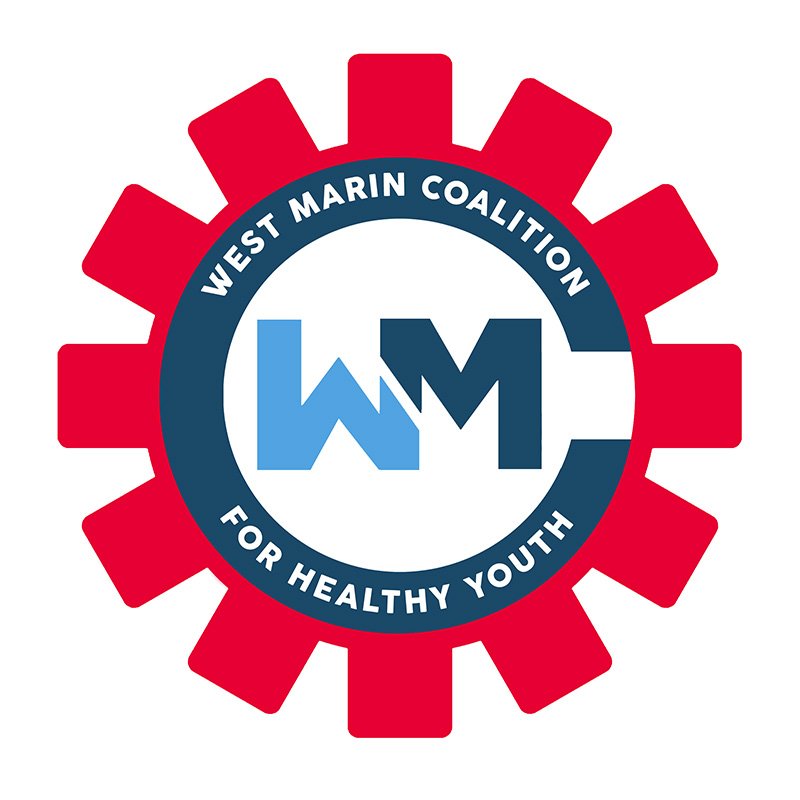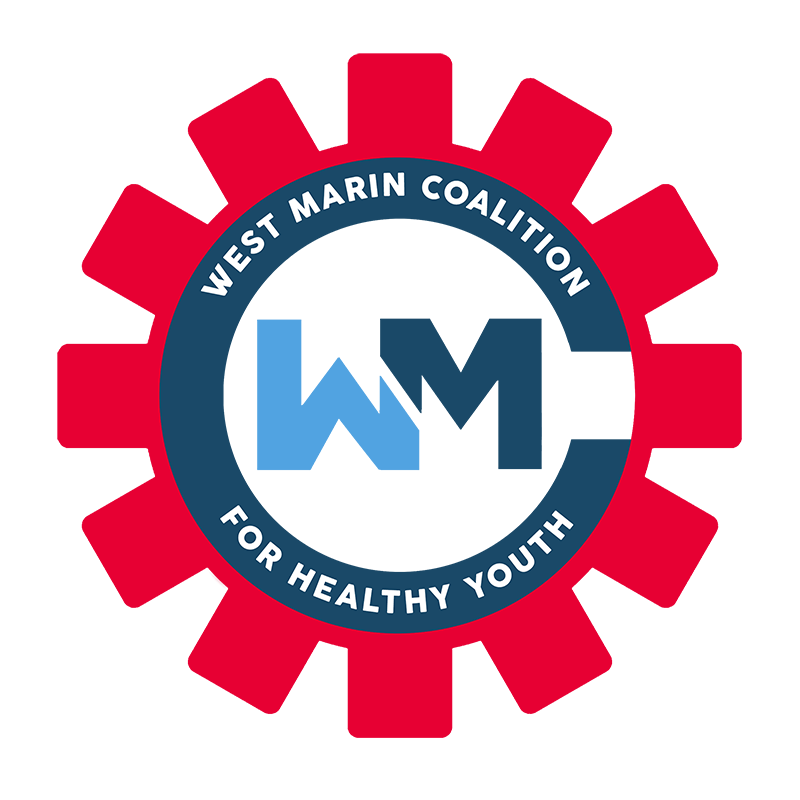Mindfulness and Kids
Children can benefit from mindfulness to adjust as they move through school — and start to experience a wider world.
As children move through elementary and middle school, mindfulness can be a powerful tool, allowing them to deal with adversity more skillfully and enhance their understanding of the world and themselves. “Everything can be received and met with this kind of curiosity,” said Ms. Morey. “That can then translate into their own self attitude, giving them space to figure out what they want to do with their lives and who they are.”
At this age, mindfulness practice can also help children in school. A recent study found that fourth and fifth graders who took a four-month meditation program demonstrated improvements in cognitive control, working memory, and math test scores. Other studies have shown that mindfulness can be especially helpful to children with attention deficit hyperactivity disorder and also reduce children’s aggression, anxiety, and stress. And around the country, many educational institutions — from elementary schools to graduate programs — are bringing mindfulness training into the classroom.
A GLITTER BALL CAN HELP US UNDERSTAND THE MIND/BODY CONNECTION.
Step 1 Take a glitter ball, a snow globe, or a clear jar of water with baking soda and shake it.
Step 2 The glitter will whirl, and the water will become cloudy. As it does, notice how you can no longer see through the water.
Step 3 Stop shaking the ball and let the glitter settle. As it does, place your hand on your belly and feel your breathing.
Step 4 Once the glitter has settled, think about what happened. The glitter didn't go away, but you can now see clearly.
Step 5: Think about how our minds work: We can't think clearly when our thoughts are racing. Shake the glitter ball once more and watch the glitter settle.
Relieve the Pressure
Even with mindfulness, parenting can still be a challenge. As children experience the natural highs and lows of growing up, it is all too easy — even natural — for the parent to be buffeted by the child’s emotional roller coaster. But in time, mindfulness practice can relieve parents and caregivers from some of the pressure of identifying with every up or down the child experiences.
“That’s where this sense of not having a strong grip on a sense of self is so important,” said Ms. Greenland. “Not only do they worry about the kids, but they worry that kids are a reflection of them. It gets conflated. If the kid is acting out or not going to Harvard, then the parent worries that that is a reflection on them.”
A simple exercise, known as R.A.I.N., can help us stay in the present moment and not get caught up clinging to the experiences of others or our own emotions.
R: Recognize. Acknowledge what is happening, just noting it calmly and acceptingly.
A: Accept. Allow life to be as it is without trying to change it immediately and wishing it was different somehow.
I: Investigate. See how it feels, whether it is making you upset or happy, giving you pleasure or pain; just note it.
N: Non-Identification. Realize that your sensations make for a fleeting experience that will soon pass. It isn’t who you are.
Source: New York Times Mindfulness for Children Guide by David Gelles.
LOCAL MINDFULNESS PROGRAM
Spirit Rock, located in Woodacre, offers family and teen mindfulness programs.




